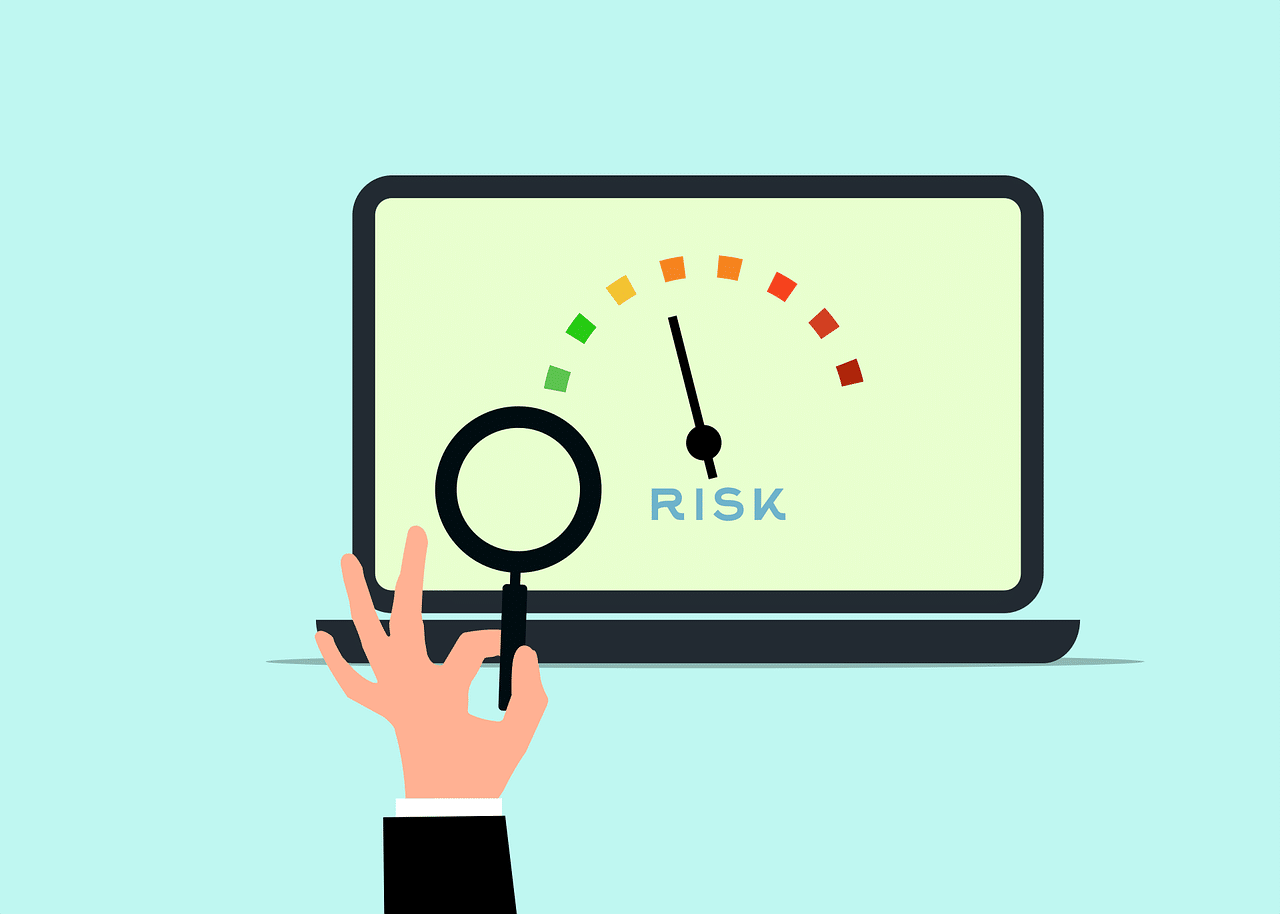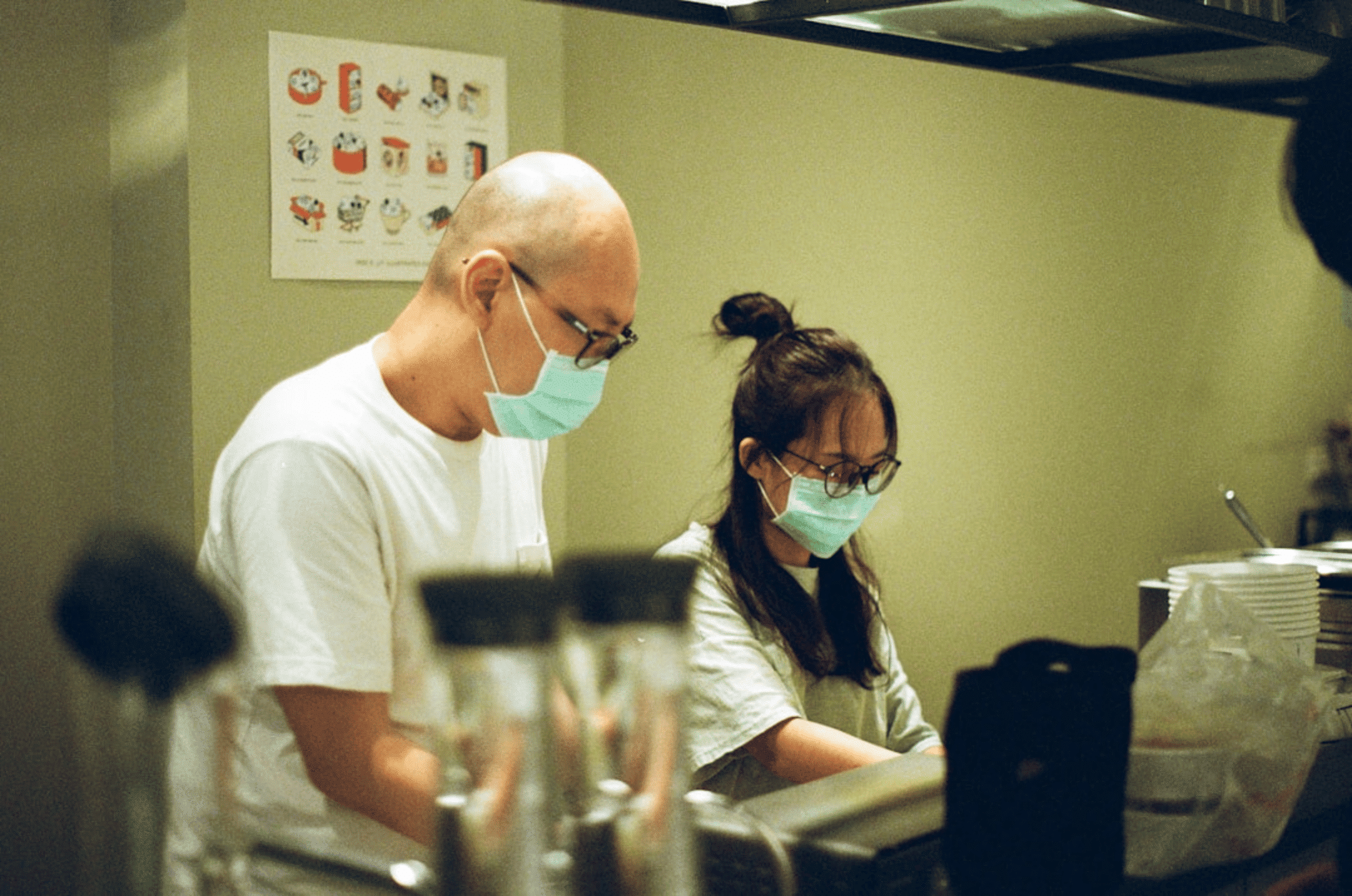Blog
Filter by Product
The Dream Team: How Humans and AI Work Best Together in GRC
Explore human-AI collaboration in GRC. Learn where technology excels, where people are essential, and how to build lasting trust in AI.
What to Look for in a GRC Platform: Lessons from the Info-Tech Data Quadrant
Explore the Info-Tech Data Quadrant for GRC platforms and discover how real users rate their performance in crucial areas.
5 Reasons Your Company Should Automate Third-Party Risk Management
Automate third-party risk management to cut manual work, reduce cyber risk, and stay compliant with evolving regulations.
Building an Ethical AI Framework for Healthcare: A Governance Checklist for Leaders
Discover how AI in healthcare enhances cybersecurity, manages compliance risks, and protects patient data.
What is an Audit Trail?
Learn how audit trails boost data security, ensure compliance, and prevent fraud with automated logs and real-time monitoring.
Your Roadmap to Future-Ready Healthcare GRC: Balancing Innovation and Security
Discover how AI transforms healthcare GRC. Learn strategies to streamline compliance, strengthen risk management, and protect patient data.
The “Black Box” Challenge: Demystifying AI Algorithms for Trusted Patient Care
Learn what compliance risk management in healthcare means and how AI transparency builds patient trust, reduces risks, and ensures regulatory compliance.
4 Ways to Get Buy-In for Your GRC Automation Strategy
Struggling to convey the value of GRC automation? Learn proven strategies to communicate risk reduction and compliance benefits to key stakeholders.
What Is RCSA? A 2025 Guide to Risk and Control Self-Assessment
Learn about Risk and Control Self-Assessment, how to conduct one and best practices for its implementation to ensure a meaning impact in your organization.
Risk Control Matrix (RCM): Quick Guide to Building Business Resilience
A risk control matrix helps businesses identify, evaluate, and prioritize risks. Learn how this tool aids in resilience and continuity.
Top 5 Objections to Data Privacy Management Software: Cost, Implementation and More
Despite concerns about cost, time and complexity, data privacy management software offer compelling benefits, from scalable pricing to user-friendly platforms.
6 Benefits of Using Third-Party Risk Management Software
From minimizing disruptions to empowering teams with actionable insights, learn how tools like Onspring and Black Kite enhance efficiency and security.
3 Powerful GRC Automation Examples to Streamline Your Processes
These GRC automation examples illustrate the tangible benefits of moving away from manual processes: greater visibility, consistency and adaptability.














